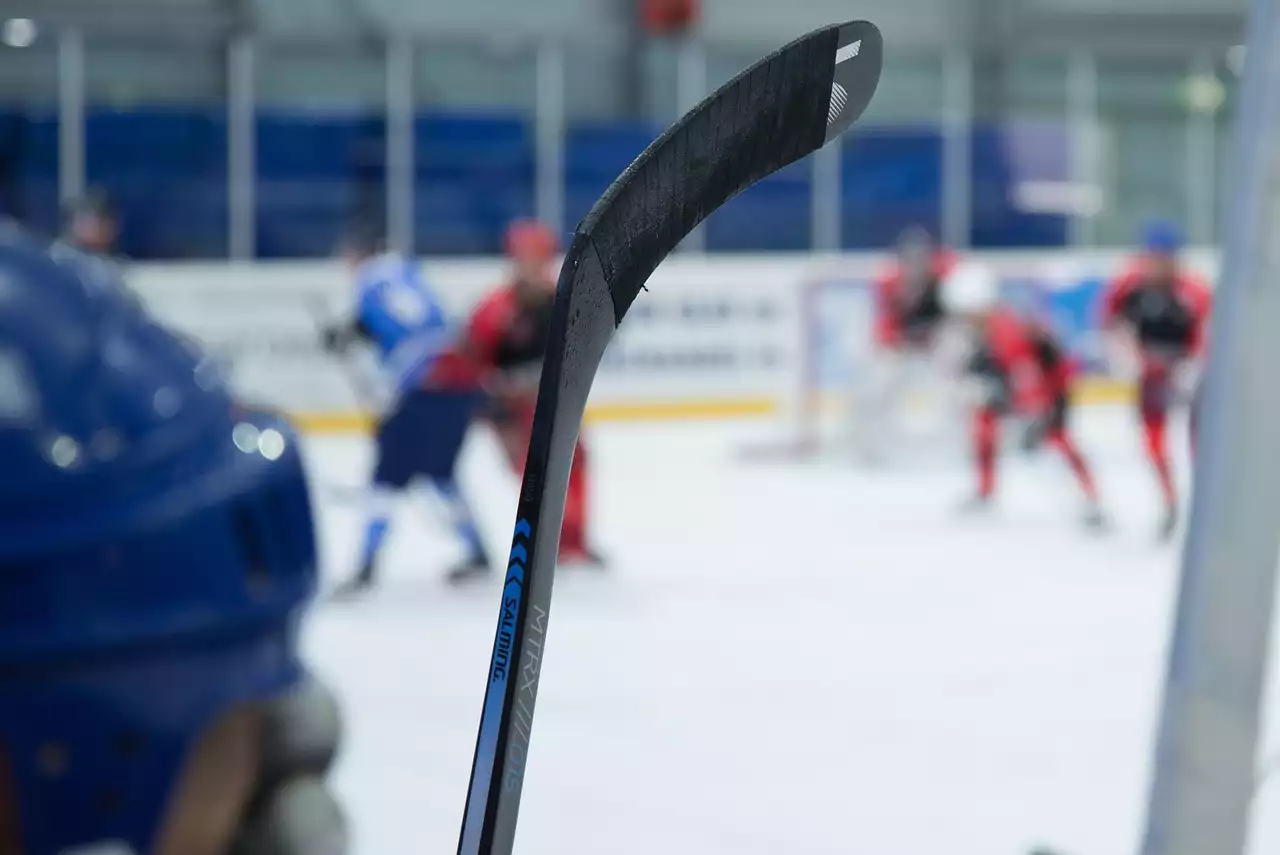Ice hockey is a popular sport across the world, and many people are eager to learn how to play. Knowing how to hold and use an ice hockey stick is an essential skill for anyone looking to get into the game. In this article, we will cover the basics of how to hold and use an ice hockey stick, from the types of sticks available to the techniques for shooting and defending. With the right knowledge, anyone can learn the fundamentals of this skill and become a better hockey player.
What Is an Ice Hockey Stick?
An ice hockey stick is the most important piece of equipment in the game. It is used for shooting, passing, and handling the puck. The stick is made of wood, fiberglass, carbon fiber, or a combination of these materials. It has a curved blade at one end that is used to control the puck. Ice hockey sticks come in different lengths and shapes, and a player’s height and skill level should be taken into account when selecting the right one.
Types of Ice Hockey Sticks
Ice hockey sticks come in several different varieties. The most popular type is the one-piece stick, which consists of a single piece of wood or composite material with a blade at one end. Another common type is the two-piece stick, which has a separate handle and shaft. This type of stick is more flexible and can be adjusted to better suit a player’s size and preferences.
The most advanced type of ice hockey stick is the composite stick. This type of stick is made from a combination of materials, such as carbon fiber, Kevlar, and graphite. Composite sticks are lightweight and provide more power and accuracy when shooting. They are also more expensive than other types of sticks.
The Right Way to Hold an Ice Hockey Stick
Holding an ice hockey stick correctly is essential for shooting, passing, and defending. The right hand should be at the top of the stick, with the index finger and thumb slightly apart. The left hand should be slightly lower on the shaft of the stick, with the thumb and index finger together. This grip allows players to have more control over the stick and the puck.
It’s important to note that a player’s dominant hand should be the one on top. If a player is left-handed, the left hand should be on top of the stick. The opposite is true for right-handed players.
Basic Ice Hockey Stick Handling Techniques
Once the correct grip has been established, the next step is to practice basic stick-handling techniques. This includes moving the stick up and down, side to side, and in circles. It also involves keeping the stick close to the body and using the arms and legs to maneuver the puck.
Players should also practice puck control by using the blade of the stick to cradle, move, and pass the puck. This is an important skill that will help players become better hockey players.
Tips for Shooting with an Ice Hockey Stick
Shooting is one of the most important skills in hockey, and it can be difficult to master. One of the best shooting tips is to keep the stick close to the body and use the wrists and arms to generate power. This will allow the player to get more power behind their shots and make them more accurate.
Players should also focus on the accuracy of their shots. This means aiming for corners of the goal and making sure the puck is going where it’s intended to go. To practice accuracy, players can try shooting at targets or set up drills that require them to hit specific spots on the ice.
Passing with an Ice Hockey Stick
Passing is another important hockey skill, and it requires a different set of techniques. The key to passing is making sure the puck is on the blade of the stick and keeping the stick close to the body. Players should also use their wrists and arms to generate power and accuracy.
When passing, it’s important to get the puck to the intended recipient as quickly as possible. Players should also be aware of their surroundings and look for open teammates. This will help them make better passes and set up scoring opportunities.
Defensive Play with an Ice Hockey Stick
Defensive play is a crucial part of hockey, and knowing how to use an ice hockey stick correctly is essential. Players should use their sticks to block shots, disrupt passing lanes, and keep their opponents away from the goal.
It’s important to remember that players are not allowed to use their sticks to hit an opponent’s body or stick. This is called slashing and is a penalty in hockey. Instead, players should keep their stick in front of the opponent and use it to block shots, passing lanes, and break up plays.
How to Choose the Right Ice Hockey Stick
Choosing the right ice hockey stick is essential for any aspiring hockey player. The size, shape, and material of the stick should all be taken into account when making a selection. Players should also consider their skill level and playing style when selecting the right stick.
Players should try out a few different sticks before making a purchase. This will give them a better idea of which stick is best for them and their style of play.
Ice Hockey Stick Maintenance
Maintaining an ice hockey stick is essential for keeping it in good condition and maximizing performance. Players should regularly check their sticks for signs of wear and tear. This includes looking for cracks, chips, or other damage.
Players should also store their sticks in a cool, dry place to prevent them from becoming warped or brittle. It’s also important to keep the blades of the sticks waxed and sharpened to ensure they remain in good condition.









